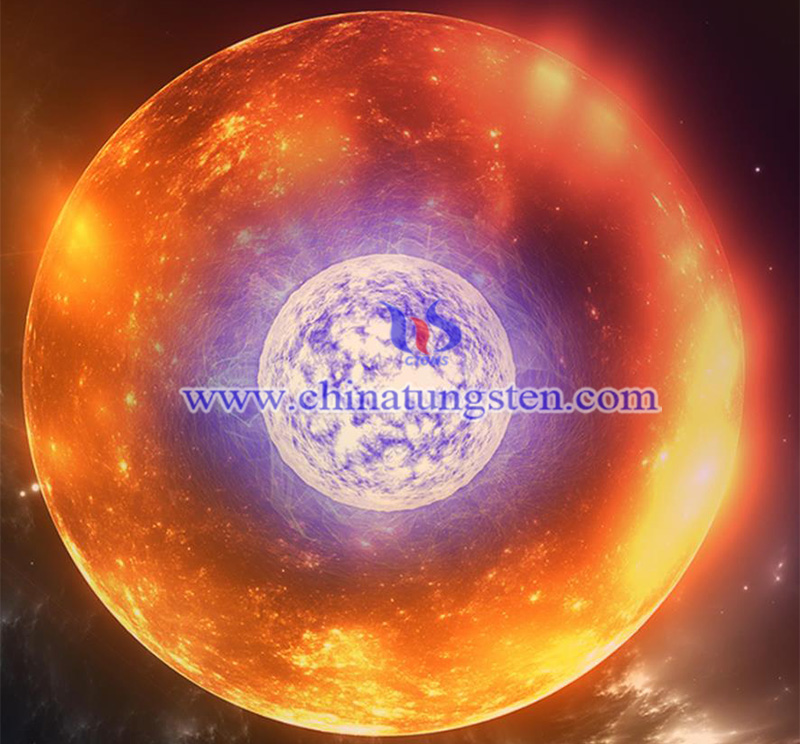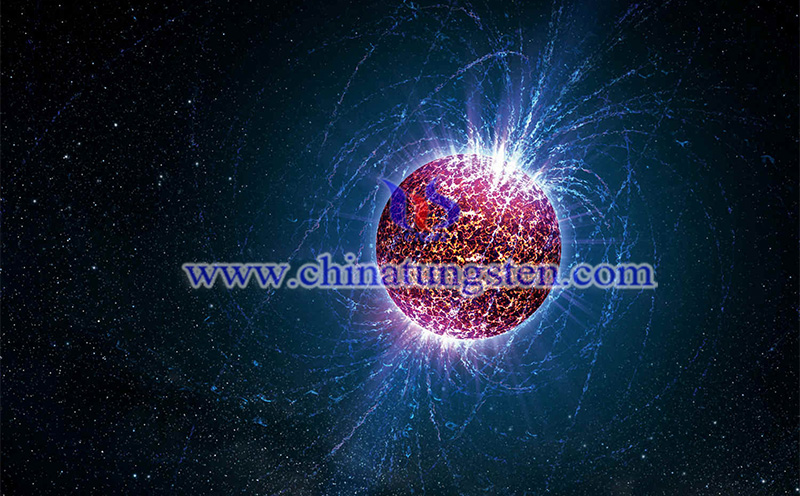Thorne-Żytkow Object Contains Lithium Lines in Spectrum
- Details
- Category: Tungsten's News
- Published on Wednesday, 15 April 2020 22:06
Unusual lithium lines and strong heavy elements are included in the spectrum of Thorne–Żytkow object, the rarest planet in the universe. According to news from foreign media on April 15. Seventy percent of the stars in the universe are red dwarf stars. The red dwarfs make up the largest population of stars in the galaxy, but they hide in the shadows, too dim to be seen with the naked eye from Earth. Their limited radiance helps to extend their lifetimes, which are far greater than that of the sun. In addition, the existence of some stars is beyond the scope of scientists.
The rarest star, Thorne-Żytkow object (TŻO), also called a hybrid star, is a conjectured type of star wherein a red giant or supergiant contains a neutron star at its core, formed from the collision of the giant with the neutron star. It is almost identical, with unusually strong heavy elements and lithium lines in the spectrum.

The TŻO was first proposed by theoretical physicists Kip Thorne and Anna Zytkow in the late 1970s. Researchers believe that the object came from such a process, a star evolves into a supernova, and its remaining core (now a neutron star) "kicks" into another star.
The probability of this generating is quite low. Therefore, even if there is a Thorne-Żytkow object, it is quite rare. Before, astronomers discovered a candidate TŻO and named it HV 2112. It is located in the Small Magellanic Cloud, 200,000 light-years away from Earth.

As of 2014, the most recent candidate, star HV 2112, has been observed to have some unusual properties that suggest that it may be a TŻO. The discovering team, with Emily Levesque being the lead author, noted that HV 2112 displays some chemical characteristics that don't quite match theoretical models, but emphasize that the theoretical predictions for a TŻO are quite old and theoretical improvements have been made since it was originally conceptualized.
Aside from the rare Thorne-Żytkow object with unusual strong heavy elements and lithium lines in the spectrum. The sun is also a 'weird star', which has long been regarded as a yellow dwarf star with a lifespan of around 10 billion years. During its lifetime, it will undergo internal nuclear fusion to polymerize hydrogen into helium. It will begin to expand when the hydrogen is about to be depleted. Interestingly, the sun seems to be "unique", so far no planetary system similar to the structure of the solar system, perhaps this is why we have not found life in other planets yet.
- Tungsten Manufacturer & Supplier, Chinatungsten Online: www.chinatungsten.com
- Tungsten News & Prices of China Tungsten Industry Association: www.ctia.com.cn
- Molybdenum News & Price: news.molybdenum.com.cn
- Tel.: 86 592 5129696; Fax: 86 592 5129797; Email: sales@chinatungsten.com



 sales@chinatungsten.com
sales@chinatungsten.com